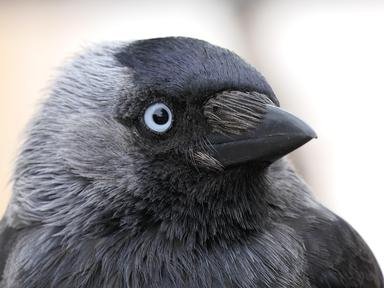
Get to Know your British Bird Families! Quiz
There are over 600 species of British birds, representing about 75 families. Can you work out to which family - Ducks, Rails, Finches or Old World Flycatchers - these species belong?
A classification quiz
by Southendboy.
Estimated time: 3 mins.
- Home
- »
- Quizzes
- »
- Animal Trivia
- »
- Wild Birds
- »
- Wild Birds UK